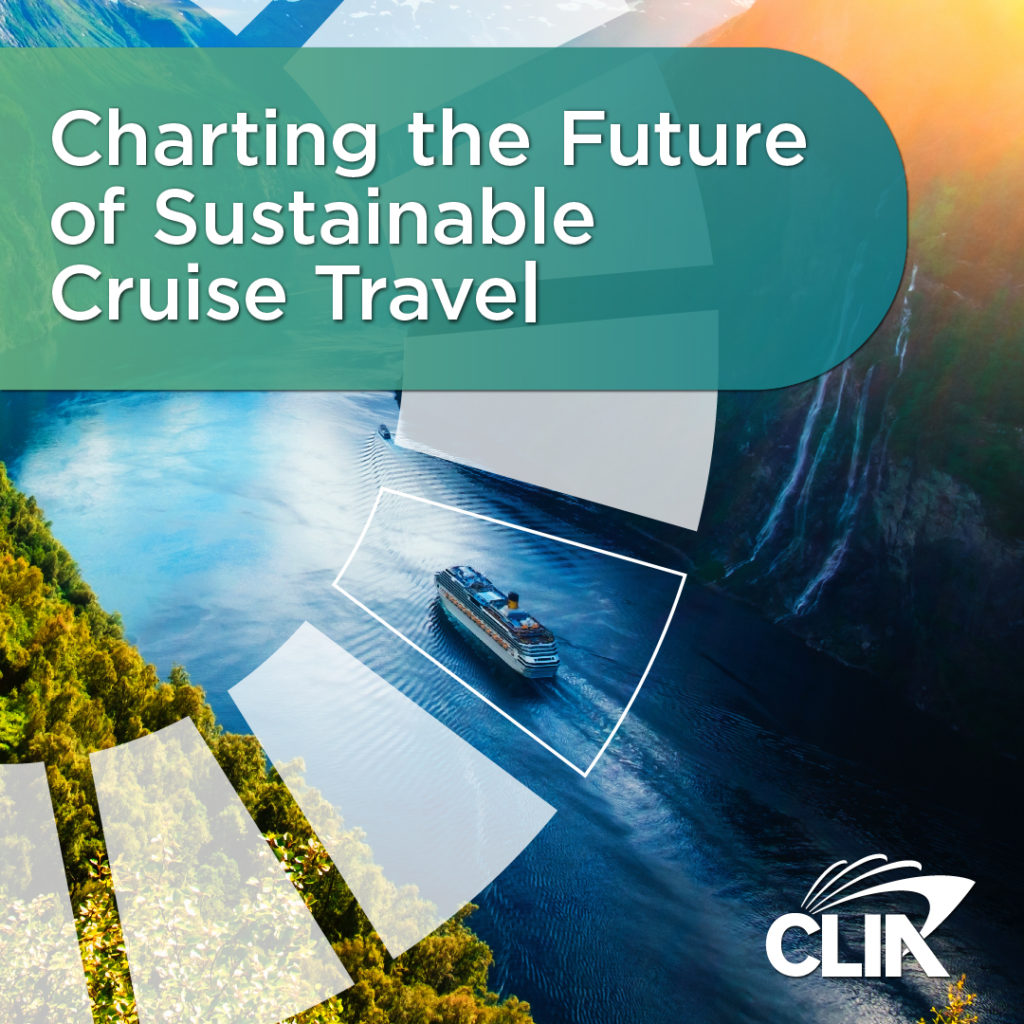
As part of their overarching sustainability focus, cruise lines have committed to not discharging untreated sewage anywhere in the world, during normal operations. In addition, cruise lines utilize Advanced Wastewater Treatment Systems that operate to a higher standard than shoreside treatment plans in many coastal cities and go well beyond international requirements.
- 100% of new ships on order are specified to have advanced wastewater treatment systems
- 80% of the current CLIA ocean-going cruise line fleet capacity is served by advanced wastewater treatment systems (a 12% increase over 2022).
- Across the CLIA cruise-line member fleet, 202 ships (77% of the total), representing 80% of global passenger capacity (a 12% increase from 2022) are equipped with advanced wastewater treatment systems.
- All CLIA-member cruise line new-build ships are specified for advanced wastewater treatment systems.
The number of CLIA-member ships with shoreside power capability is expected to double by 2028—either by new production or through retrofitting existing vessels. Shoreside power is currently supported by 29 cruise ports worldwide, a number that is expected to increase by another 20 ports by 2025.
City leaders in Juneau are looking for ways to electrify the municipally owned cruise docks, and Huna Totem is interested in electrifying its planned Aak’w Landing project. Currently, there is one electrified dock in Juneau, the privately owned South Franklin dock, which is owned by Princess Cruises. It was the first of its kind in the world when it was built in 2001.
As part of their overarching sustainability focus, cruise lines have committed to not discharging untreated sewage anywhere in the world, during normal operations. In addition, cruise lines that visit Alaska utilize Advanced Wastewater Treatment Systems that operate to a higher standard than shoreside treatment plans in many coastal cities and go well beyond international requirements.
A sea of supporting innovations and practices is helping the cruise industry sail to a greener future:
- Exhaust gas cleaning systems that improve air quality at sea and in port
- Air lubrication systems for ship hulls to reduce drag and fuel consumption for greater efficiency
- Energy-efficient engines that consume less fuel and reduce emissions.
- LED lighting – lasts 25 times longer and uses 80% less energy
- Special paint coatings for ship hulls that reduce fuel consumption by up to 5%
- Installation of tinted windows, higher efficiency appliances and HVAC systems and windows that capture and recycle heat
- Advanced recycling systems and practices that allows some ships to recycle 100% of waste
You can read more about the work of the cruise industry to sail to an even better future in CLIA’s latest publication Charting the Future of Sustainable Cruise Travel.